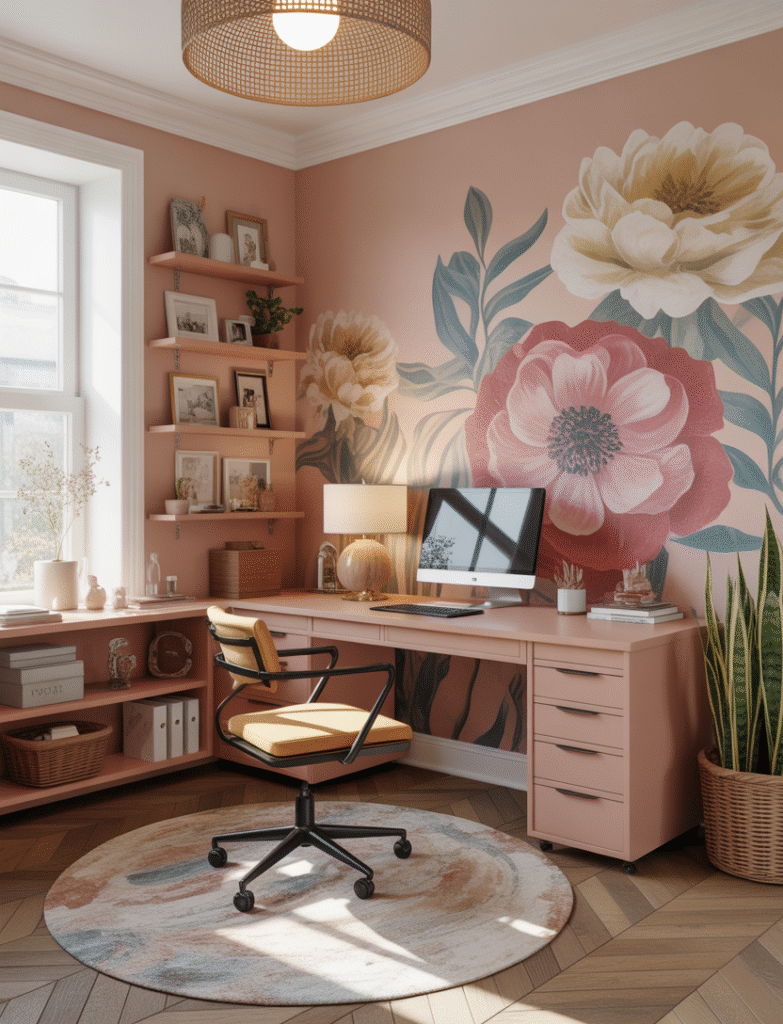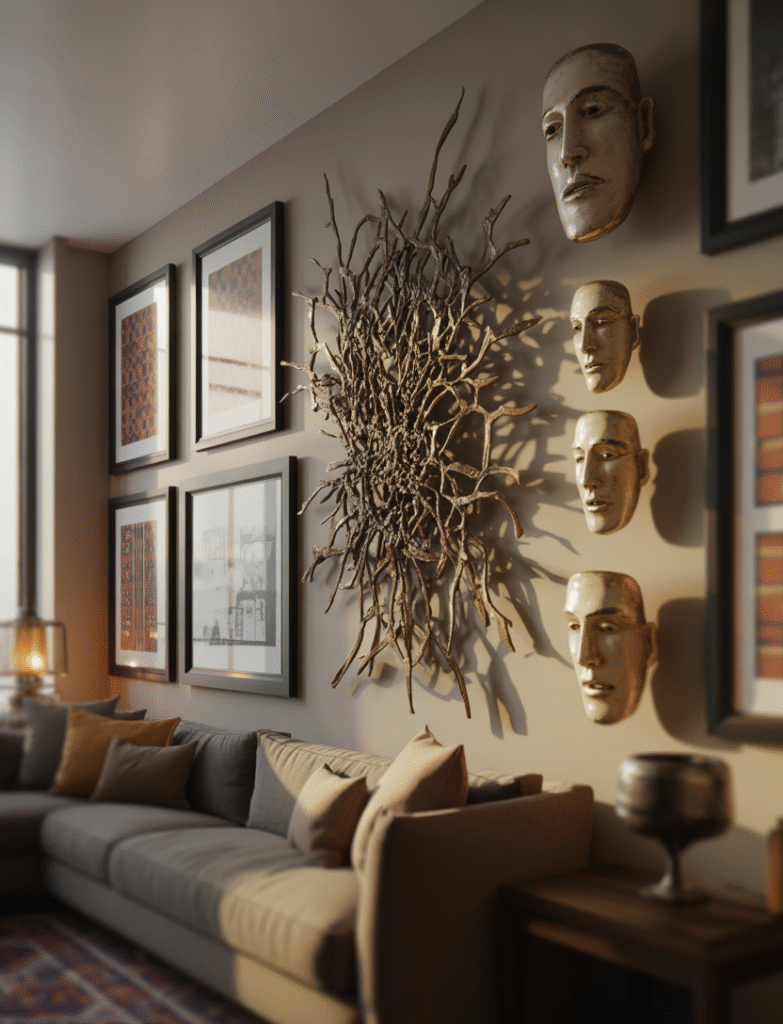Your living room rug does far more than cover the floor — it anchors your space, defines balance, and sets the mood. The right rug transforms a room from ordinary to intentional, tying together furniture, texture, and color with subtle precision. Yet with so many styles, sizes, and materials available, finding the one that truly complements your space can be daunting.
This guide to living room rug ideas explores the art of choosing a rug that feels personal yet practical — one that elevates your space without overwhelming it. From timeless materials and modern weaves to proportion, layering, and maintenance, each section helps you make confident, lasting choices. Whether your goal is warmth, minimalism, or quiet luxury, the perfect rug will not only ground your design but also define how the entire room feels.
1. Begin with the Room’s Purpose
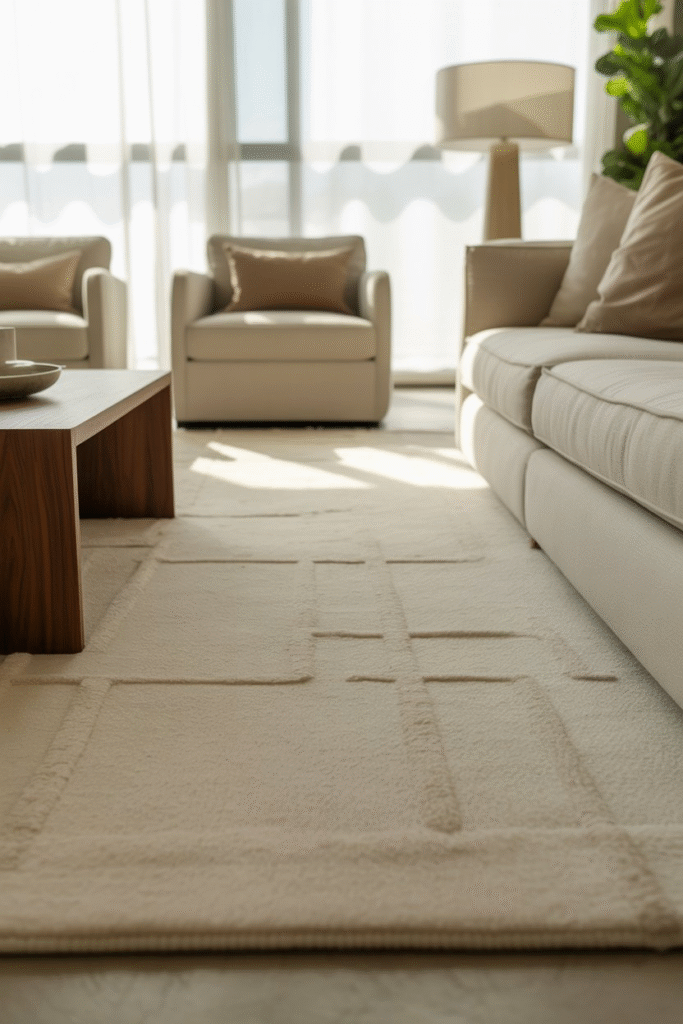
Before diving into color swatches and textures, pause and look at how your living room functions. Is it a cozy family hub, a formal entertaining area, or a minimalist retreat?
The rug should enhance the mood of the space. Plush pile rugs feel inviting in casual living areas, while low-pile wool or flatweaves lend sophistication to formal layouts. If you have kids or pets, durability and easy maintenance come first.
- Casual living rooms: Shag, plush, or jute blends.
- Formal spaces: Wool, silk, or viscose.
- High-traffic rooms: Flatweaves, indoor-outdoor synthetics.
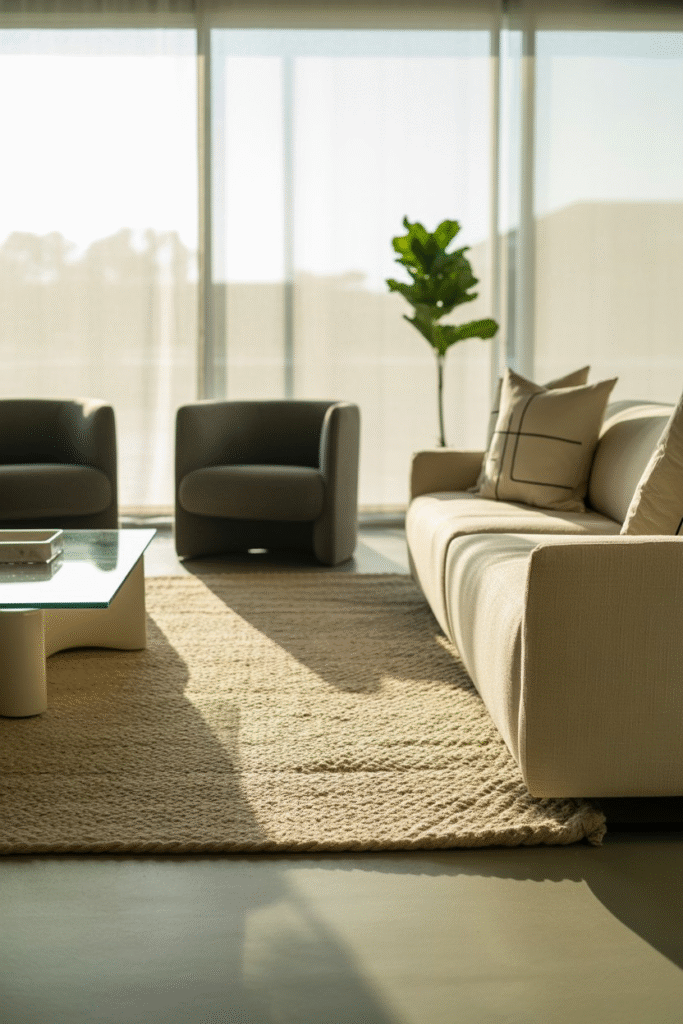
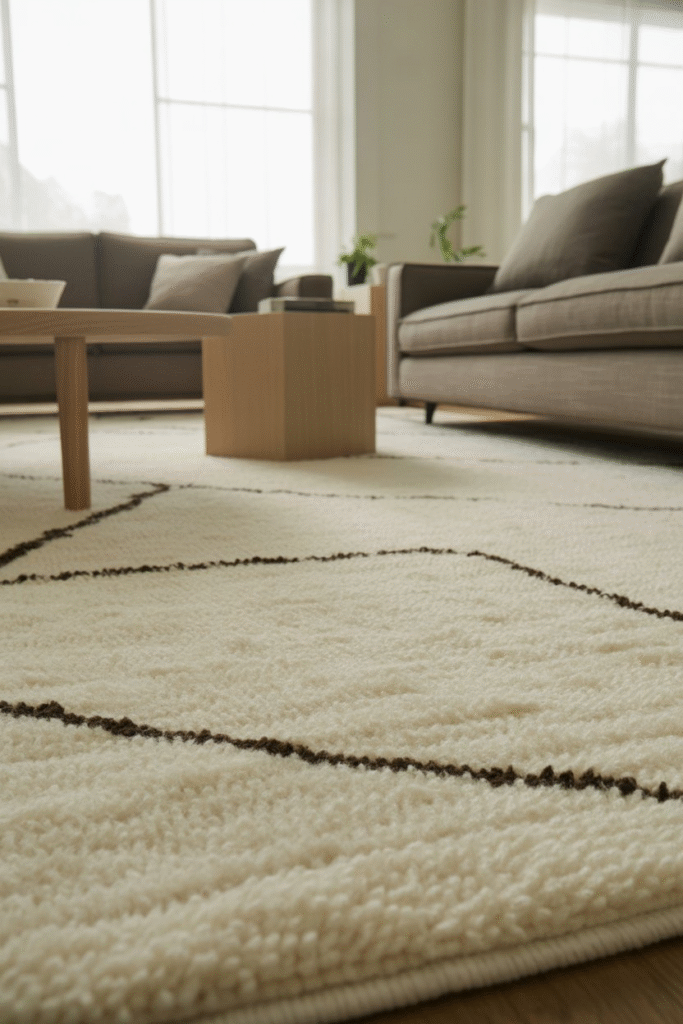
2. Define Zones Through Scale
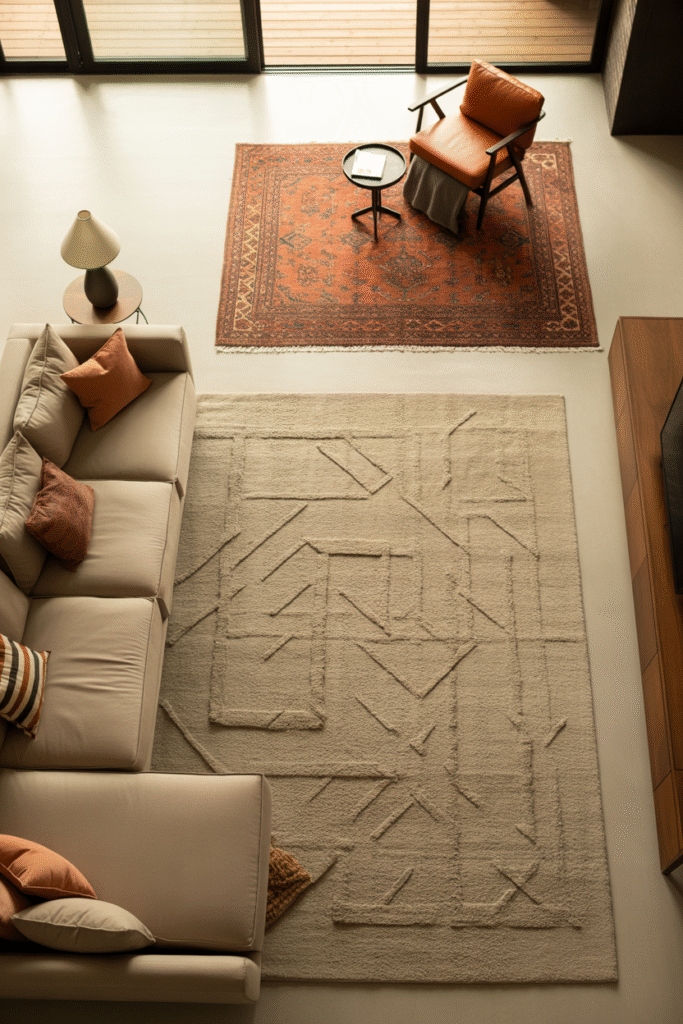
A rug defines your seating area like a frame defines art. The key is scale. A too-small rug isolates furniture; too large, and it swallows the layout.
For balanced proportions, the rug should ground the entire furniture arrangement — at least the front legs of sofas and chairs resting on it. In open layouts, use rugs to separate lounge and dining areas without adding walls.
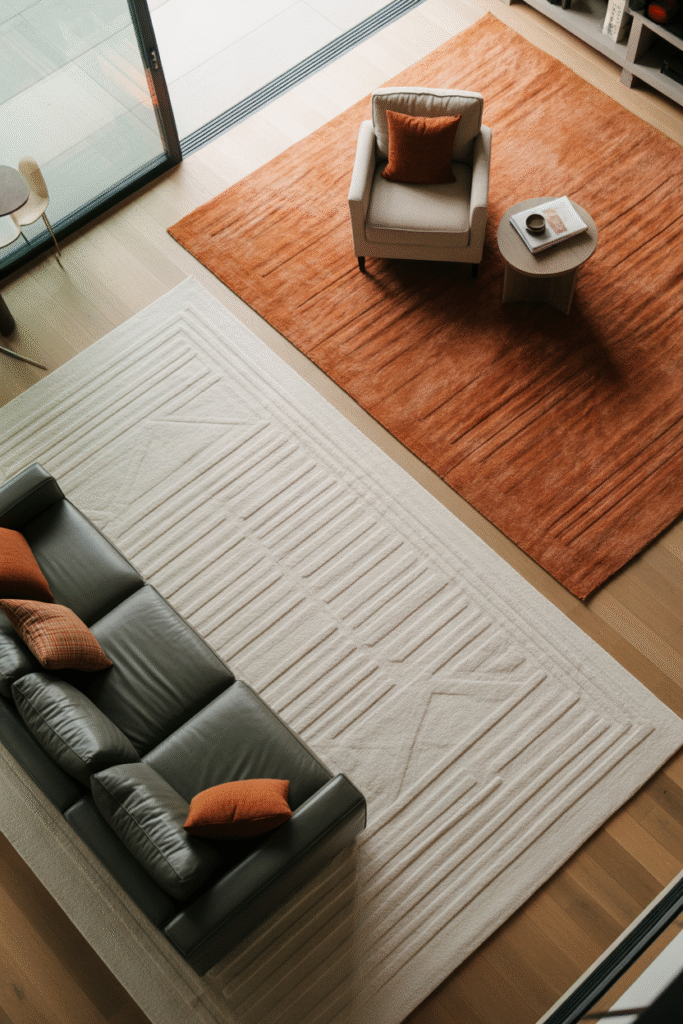
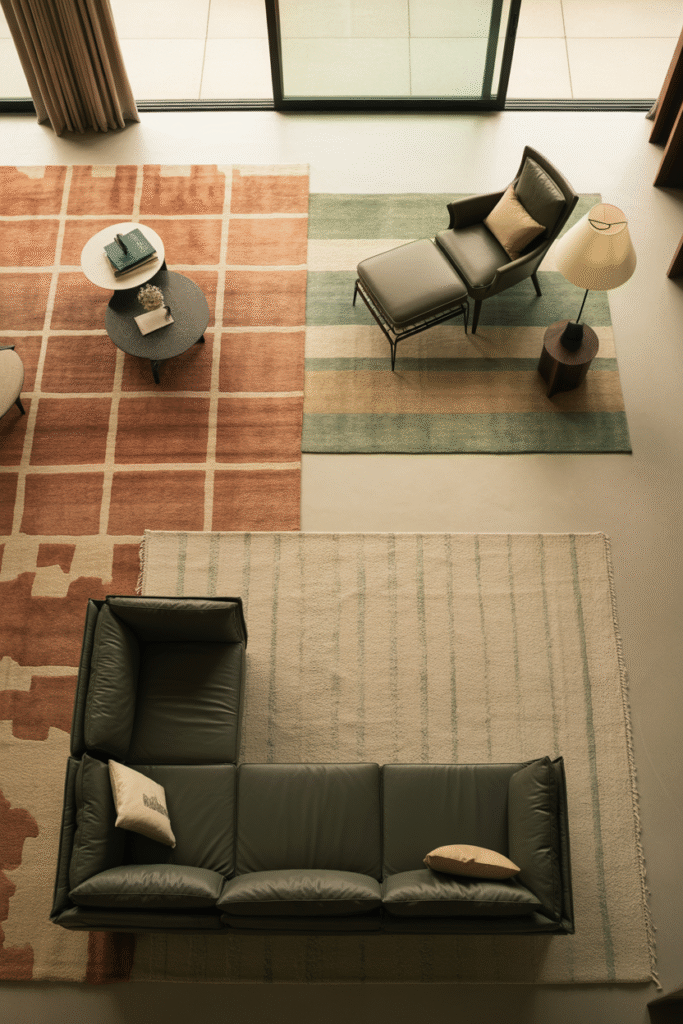
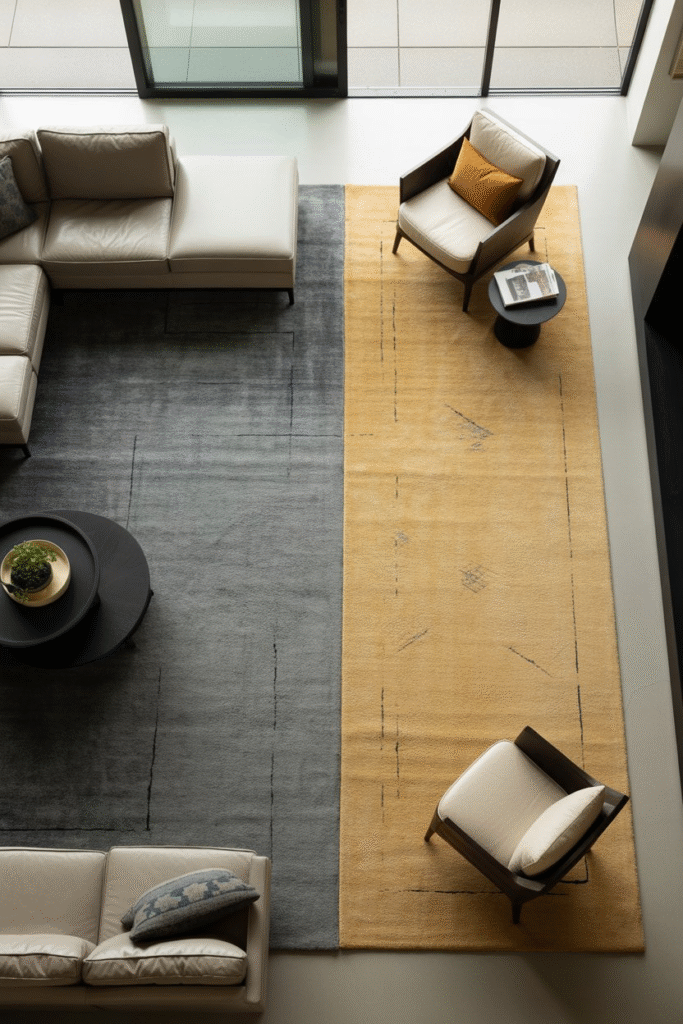
3. Choose the Right Shape
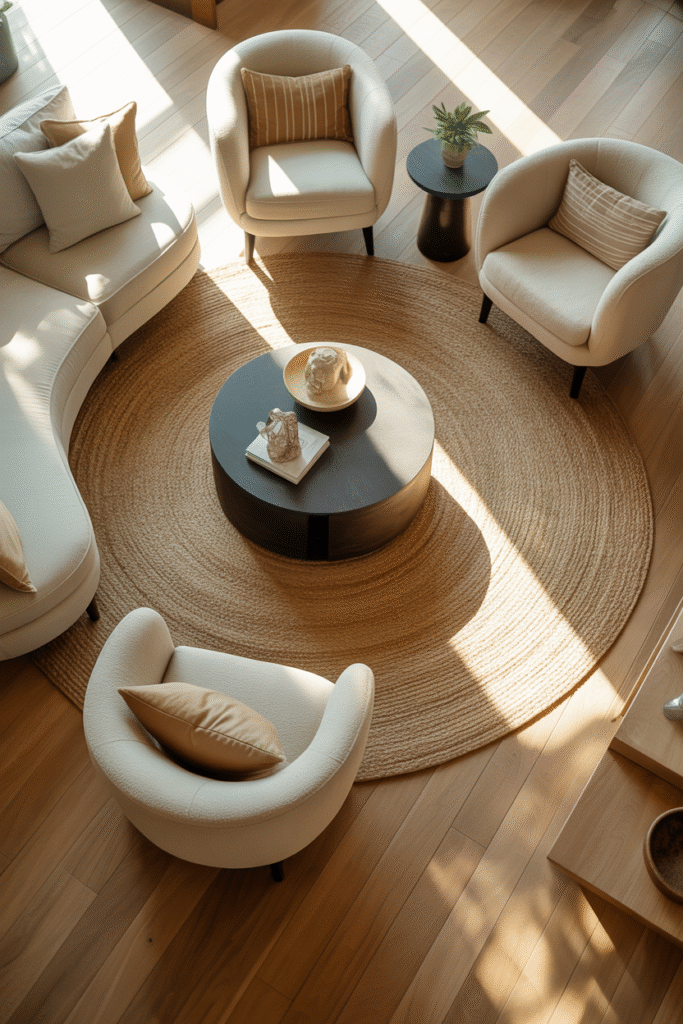
Shape subtly changes the perception of space. Rectangular rugs elongate, round ones soften edges, and runners guide flow through narrow rooms.
- Rectangular rugs: Best for symmetrical furniture setups.
- Round rugs: Add movement to boxy rooms.
- Layered runners: Define pathways through open concepts.
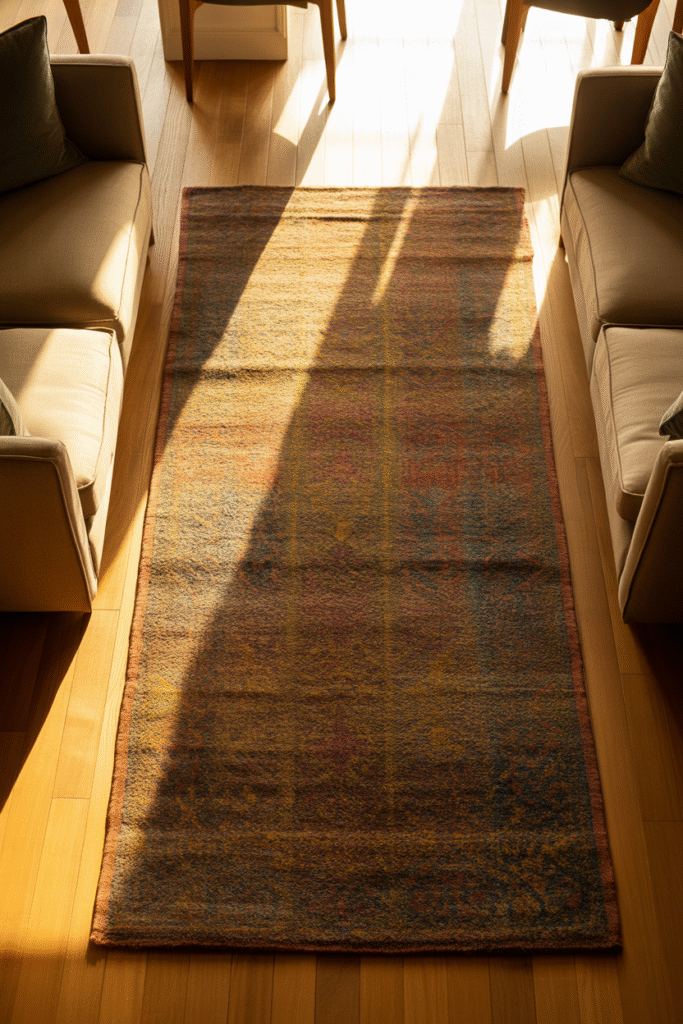
4. Color: The Emotional Foundation
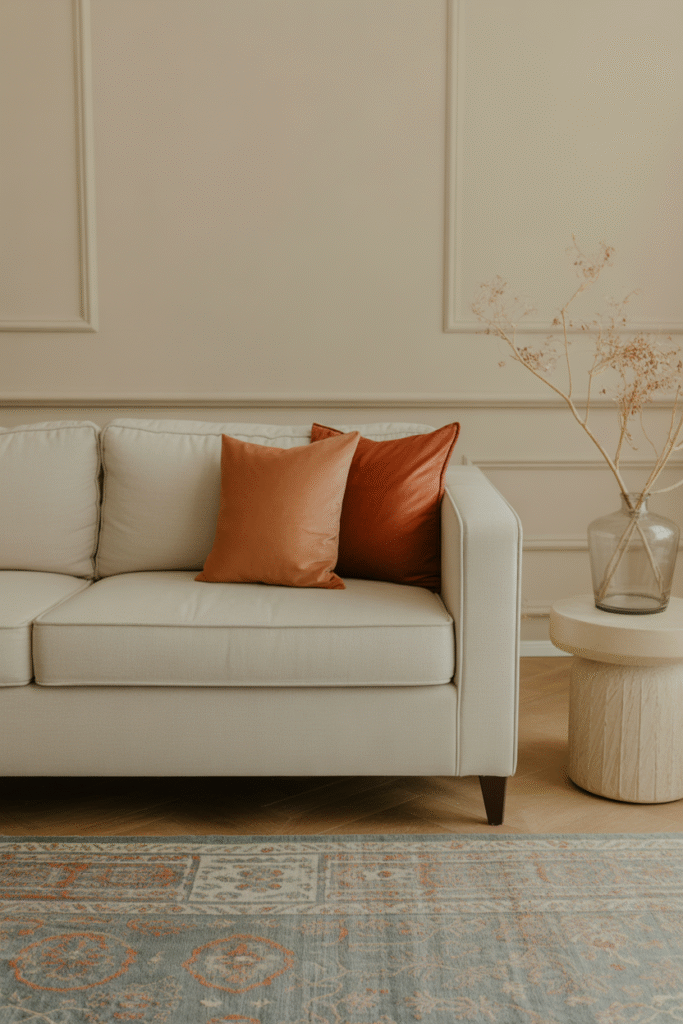
Color sets the visual temperature. A neutral rug grounds bold furniture, while vibrant tones turn it into a statement piece.
Cool shades like gray or blue calm a sunlit space, while warm tones — terracotta, beige, rust — make it feel grounded and inviting. Layering subtle patterns in neutral tones creates dimension without distraction.
- Consider the direction of natural light before choosing warm or cool hues.
- Use contrast to define furniture lines in monochromatic rooms.
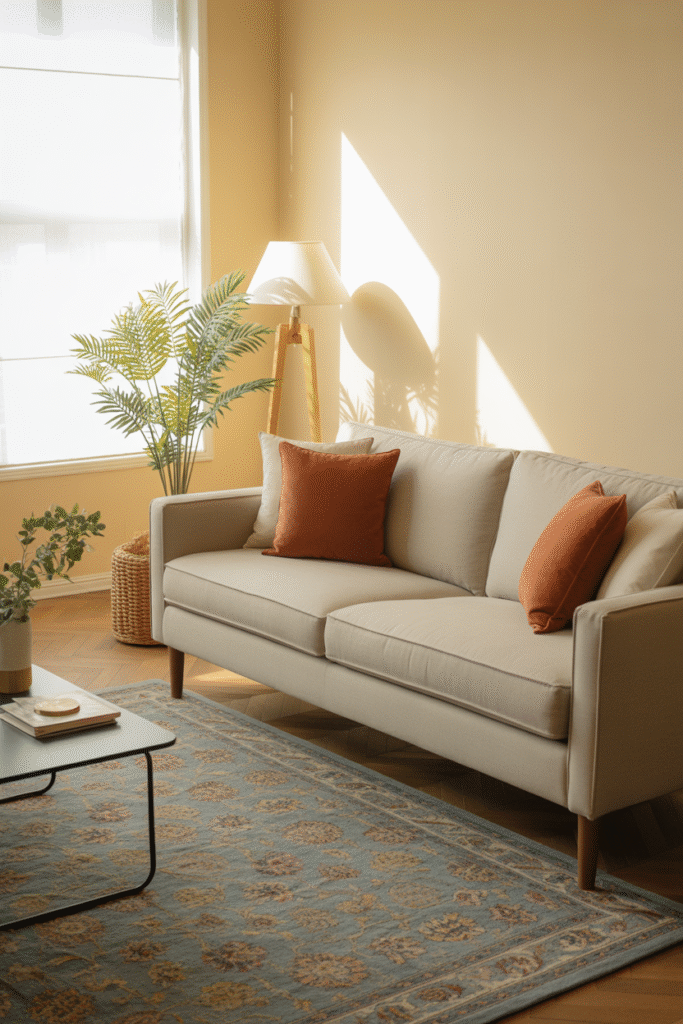
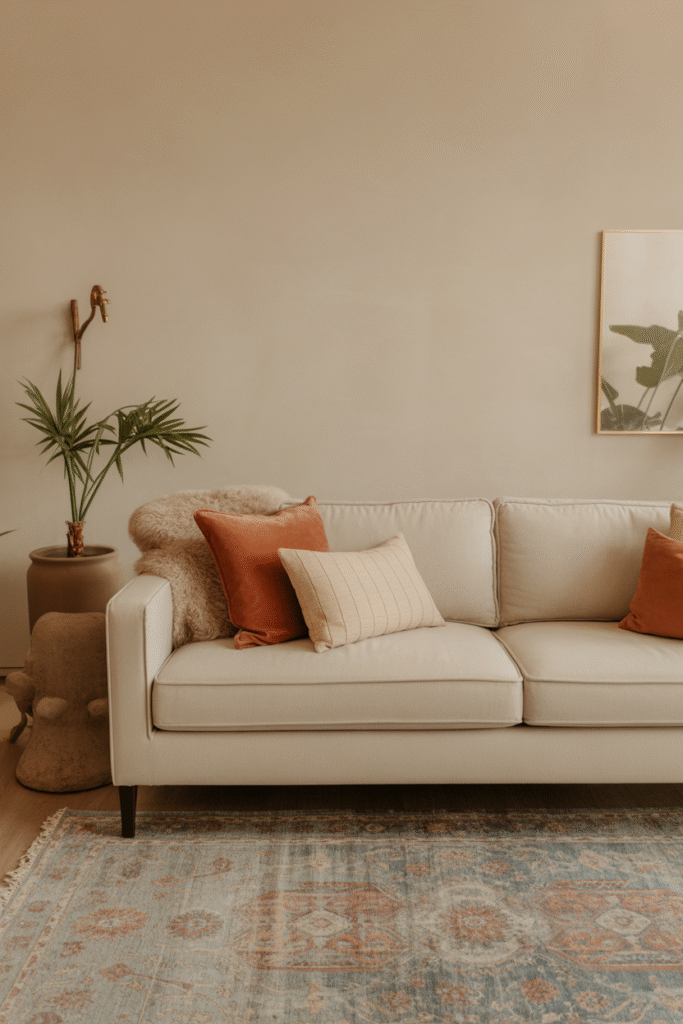
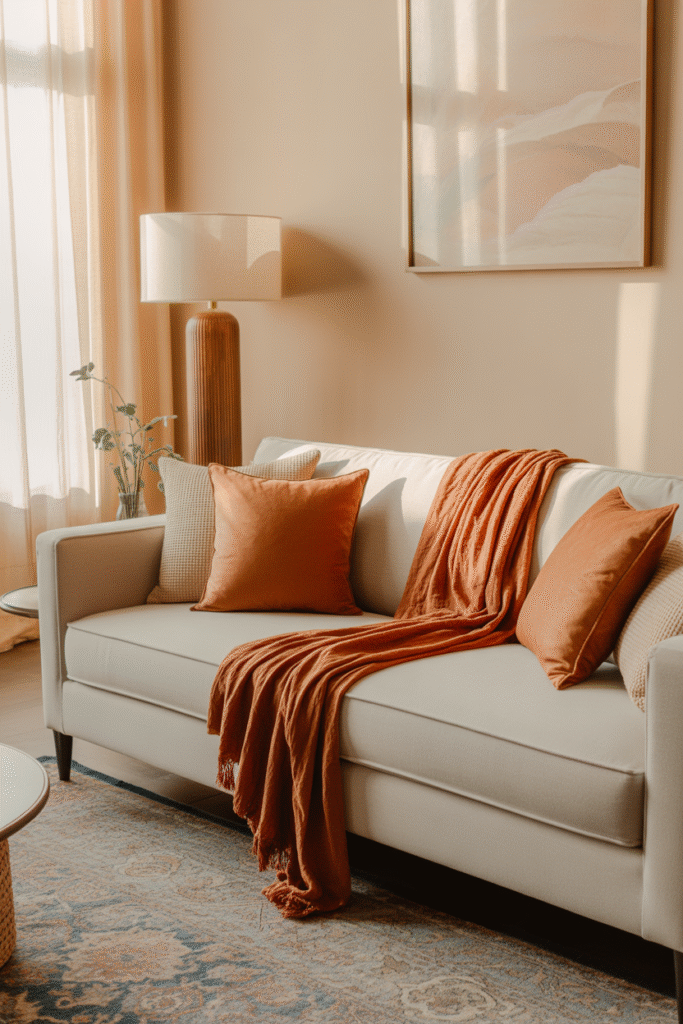
5. Pattern and Personality
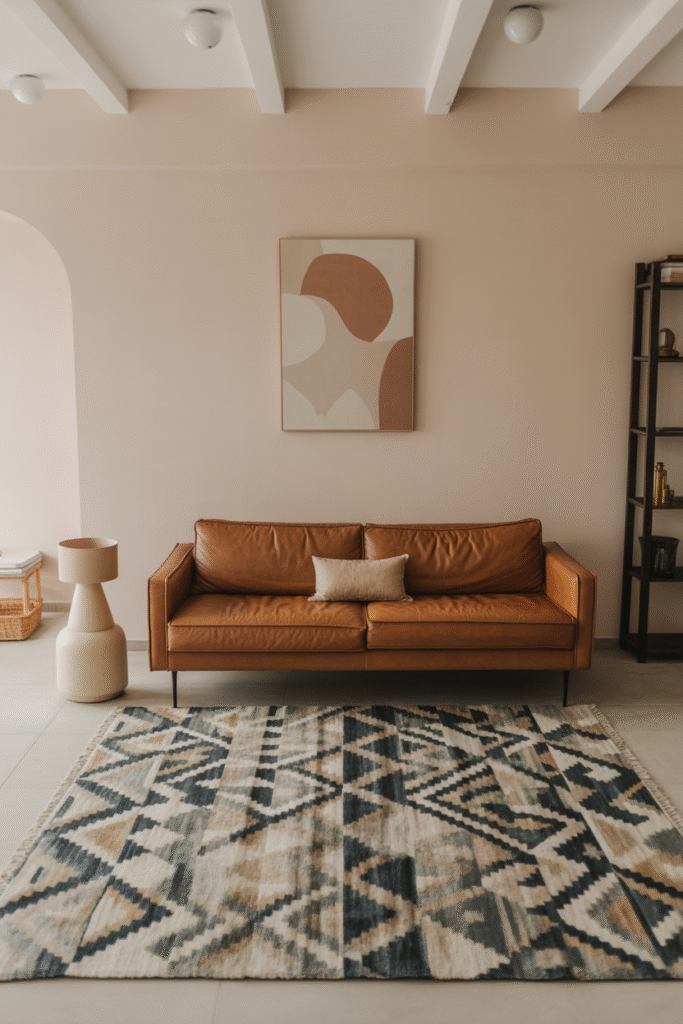
Pattern gives life, but it should speak quietly. Too much can overwhelm. The goal is balance — let either the rug or the upholstery lead, never both.
Geometric or tribal motifs add rhythm to minimal rooms, while traditional Persian or floral patterns bring romance and texture to contemporary interiors.
If you love patterns but fear commitment, muted versions in tone-on-tone shades keep things timeless.
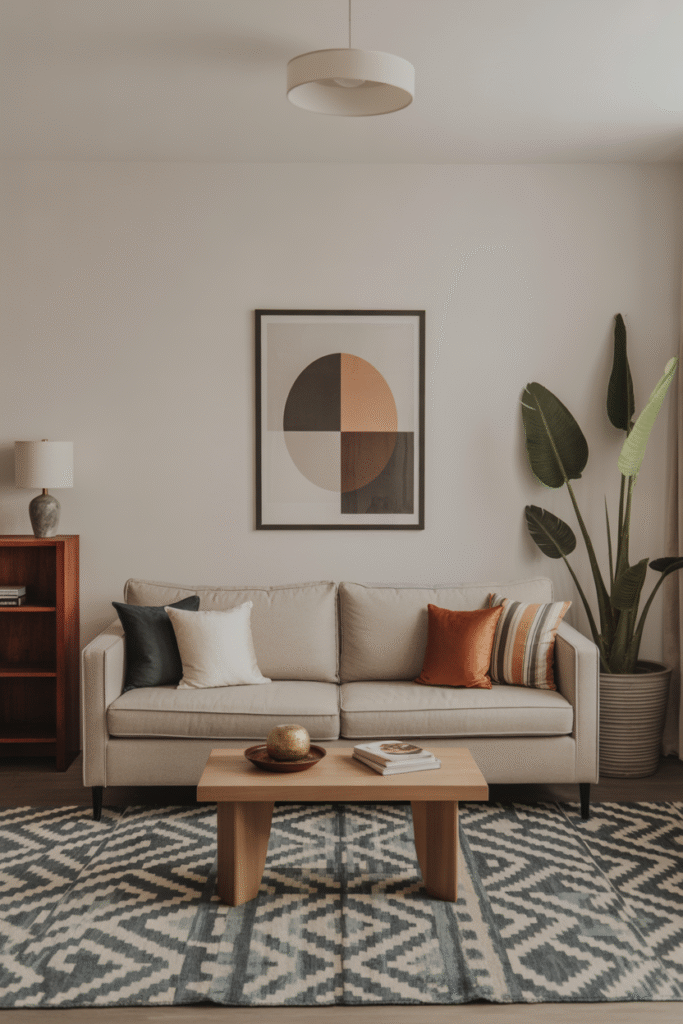
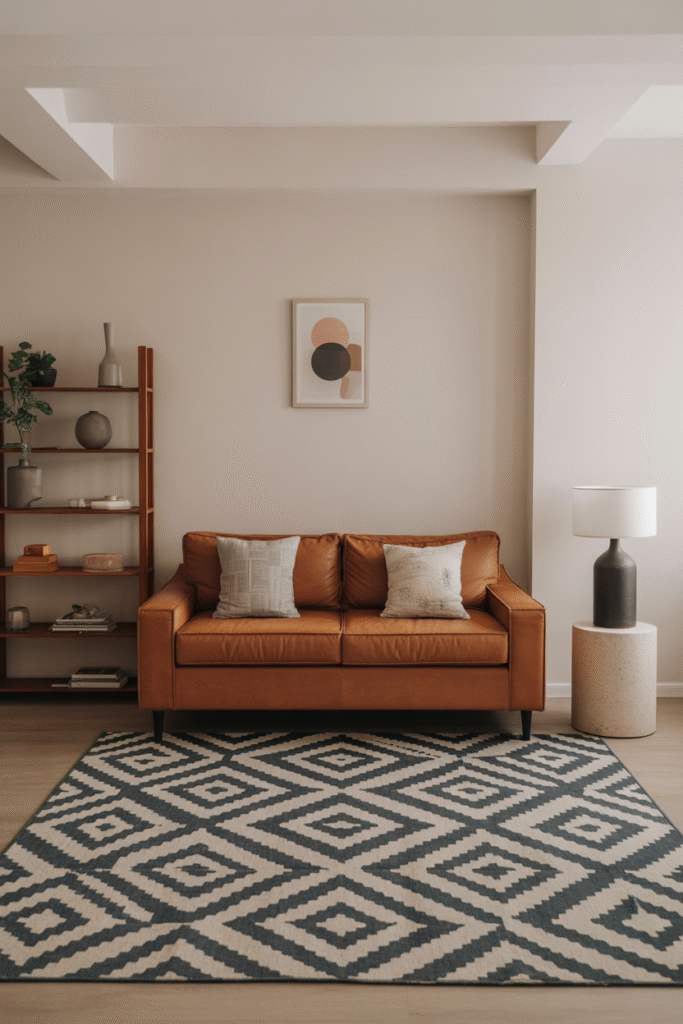
6. Texture: Where Comfort Meets Character
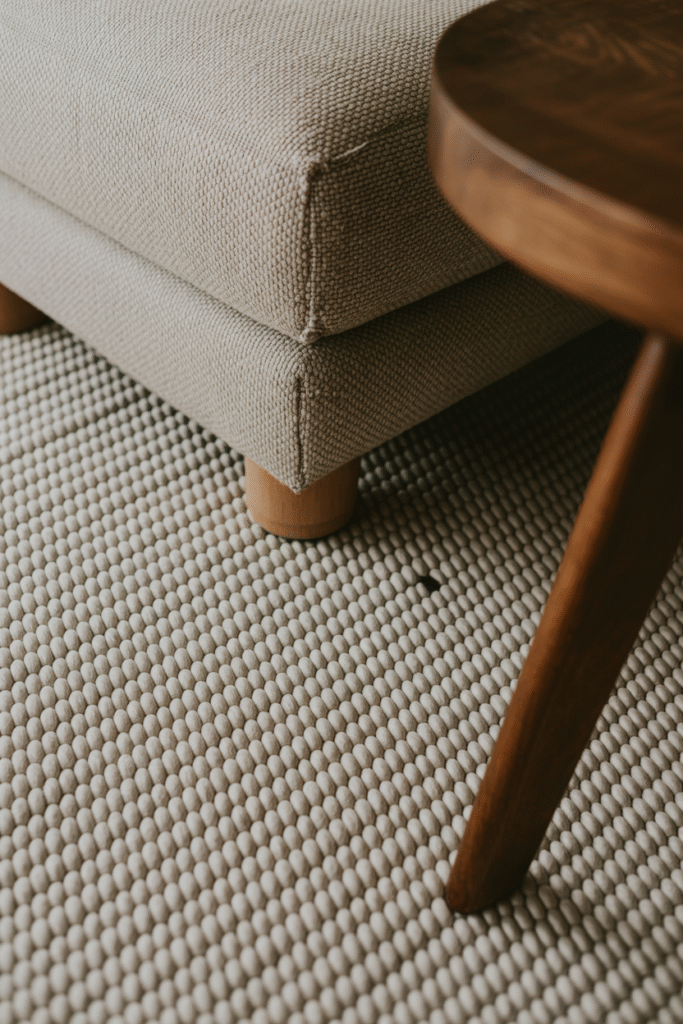
Texture is the tactile soul of a rug. A blend of fibers can give both depth and durability.
Hand-knotted wool feels soft underfoot yet stands up to years of use. Sisal, jute, and seagrass provide an organic texture perfect for coastal or rustic interiors. For an urban edge, try low-pile viscose or synthetic blends with subtle sheen.
- Combine wool and silk for a balanced mix of luxury and longevity.
- For layered spaces, contrast textures — plush over flatweave — to add warmth.
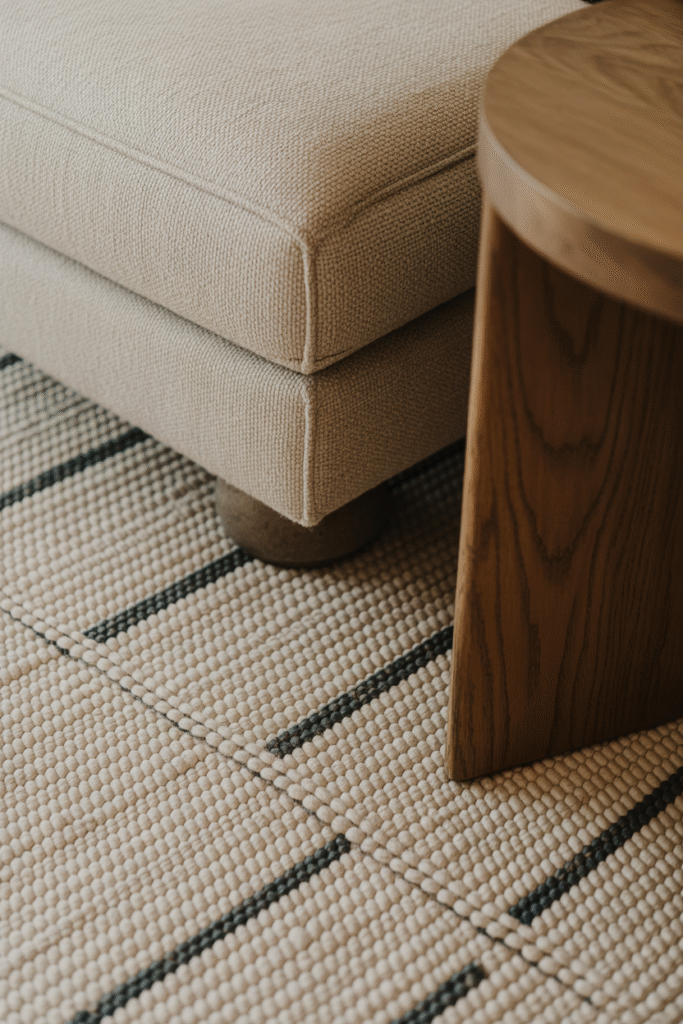
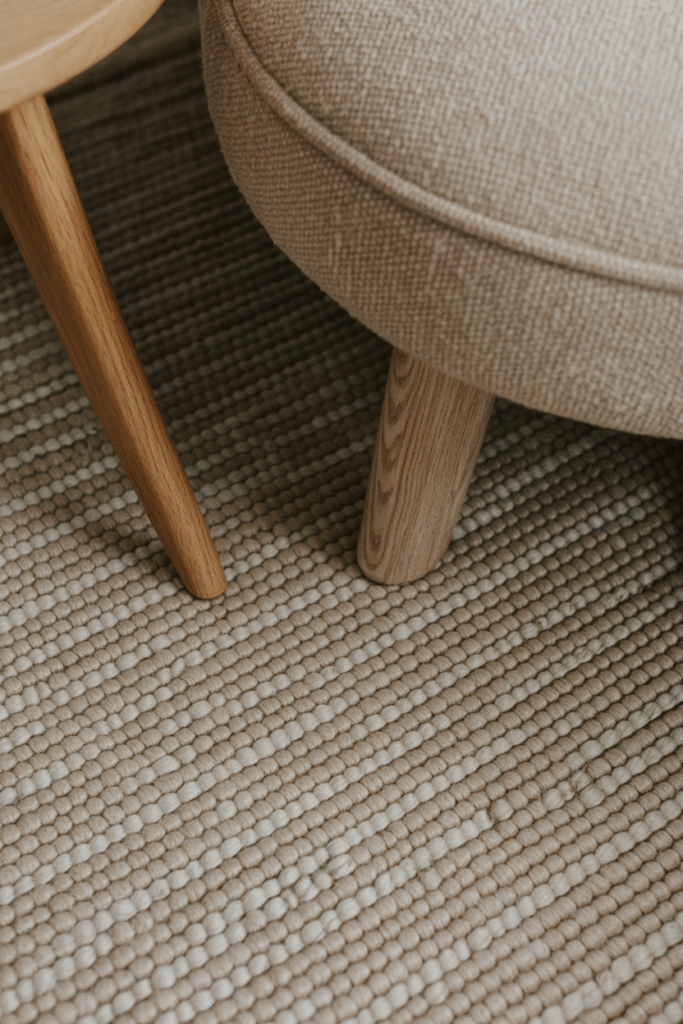
7. The Art of Layering
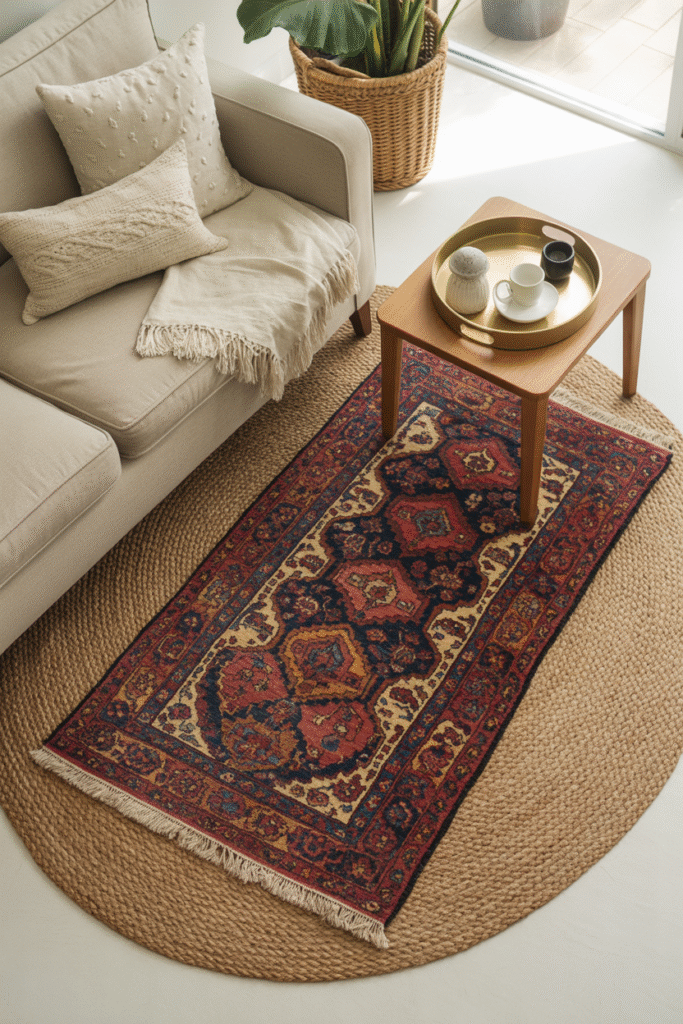
Layering rugs is both functional and artistic. It creates depth, defines zones, and softens acoustics.
Use a large neutral rug (like sisal or jute) as the base, then layer a smaller patterned or colored rug on top to add personality. This approach works well in eclectic or bohemian spaces and is ideal for renters wanting easy transformation.
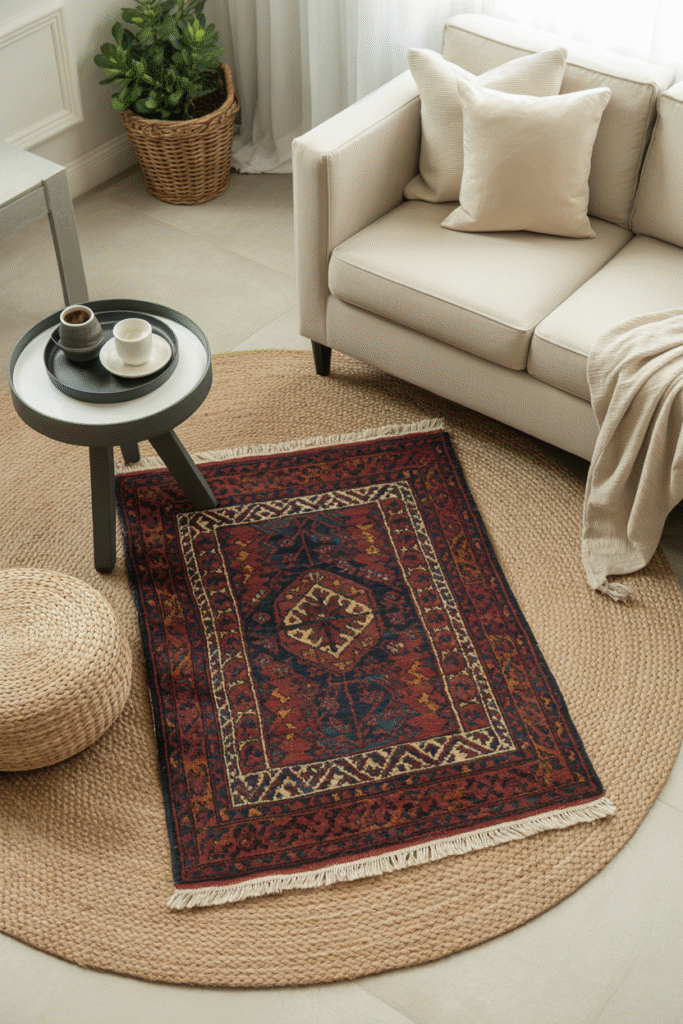
8. Avoiding the “Floating Rug” Mistake
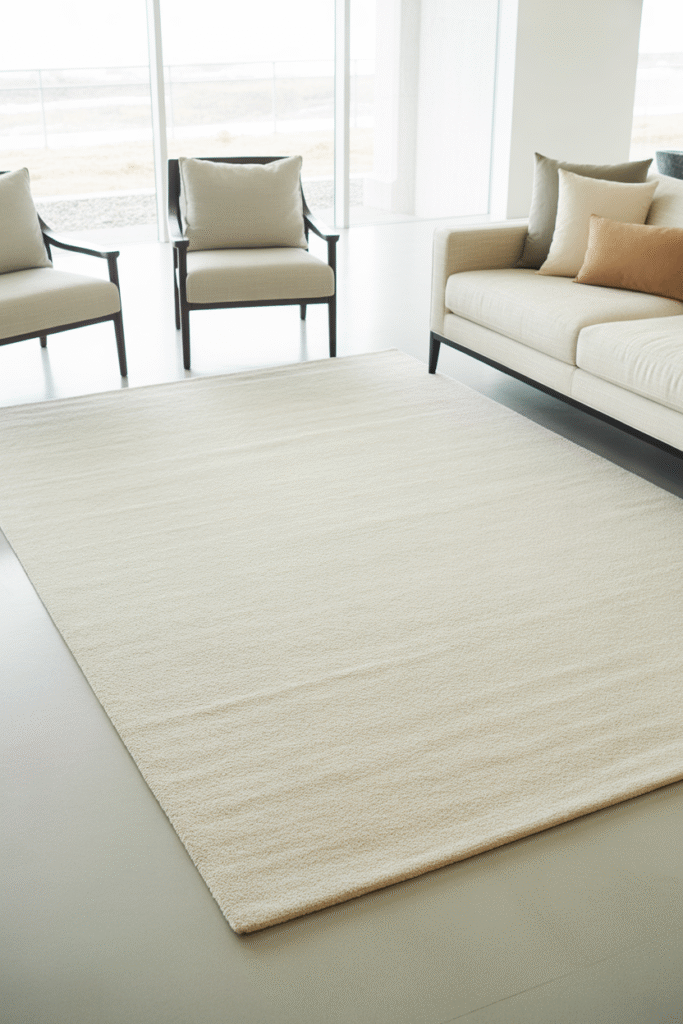
One of the most common design missteps is selecting a rug that’s too small. When furniture floats around it, the space feels disjointed.
A rug should sit comfortably under the seating area — ideally extending 6–10 inches beyond the sofa edges. For sectional arrangements, make sure at least the front legs of each piece sit on the rug to visually connect them.
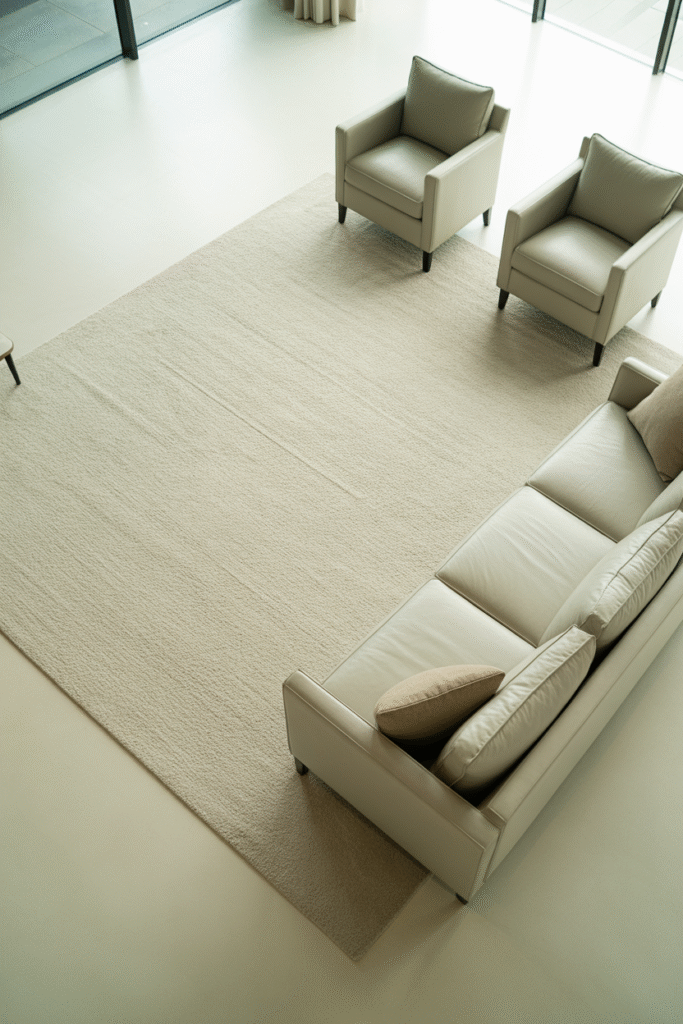
9. Fiber Matters
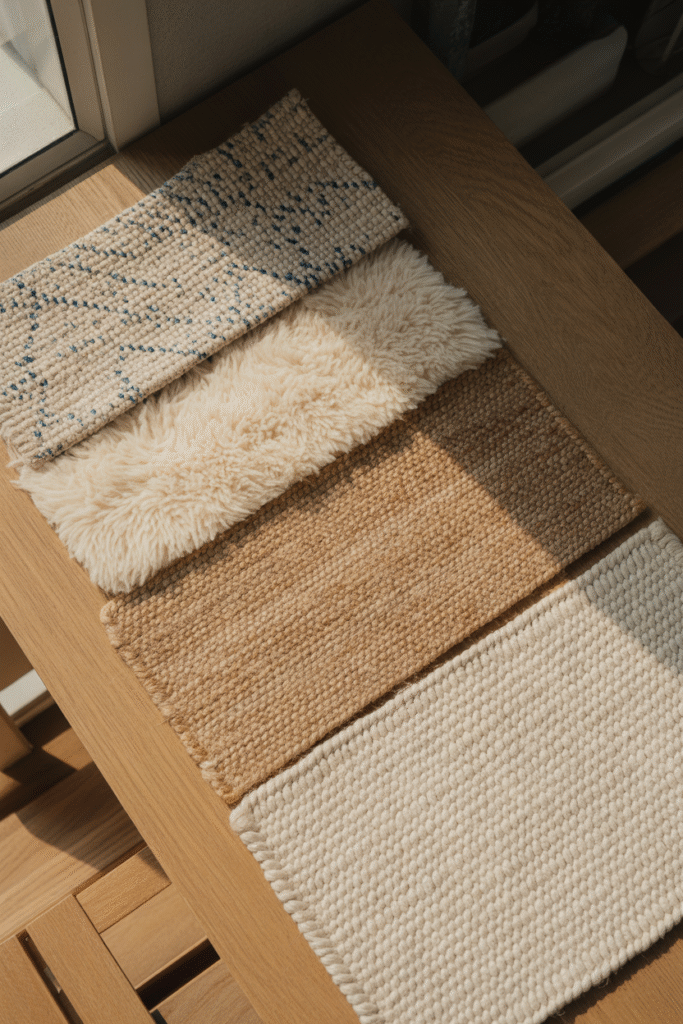
Different fibers respond differently to wear, cleaning, and climate.
- Wool: Naturally stain-resistant and insulating; ideal for everyday living rooms.
- Cotton: Soft and affordable but fades faster.
- Synthetics (polypropylene, nylon): Durable, pet-friendly, easy to clean.
- Natural fibers (jute, sisal): Organic charm but sensitive to moisture.
Understanding fiber behavior helps avoid costly regrets later.
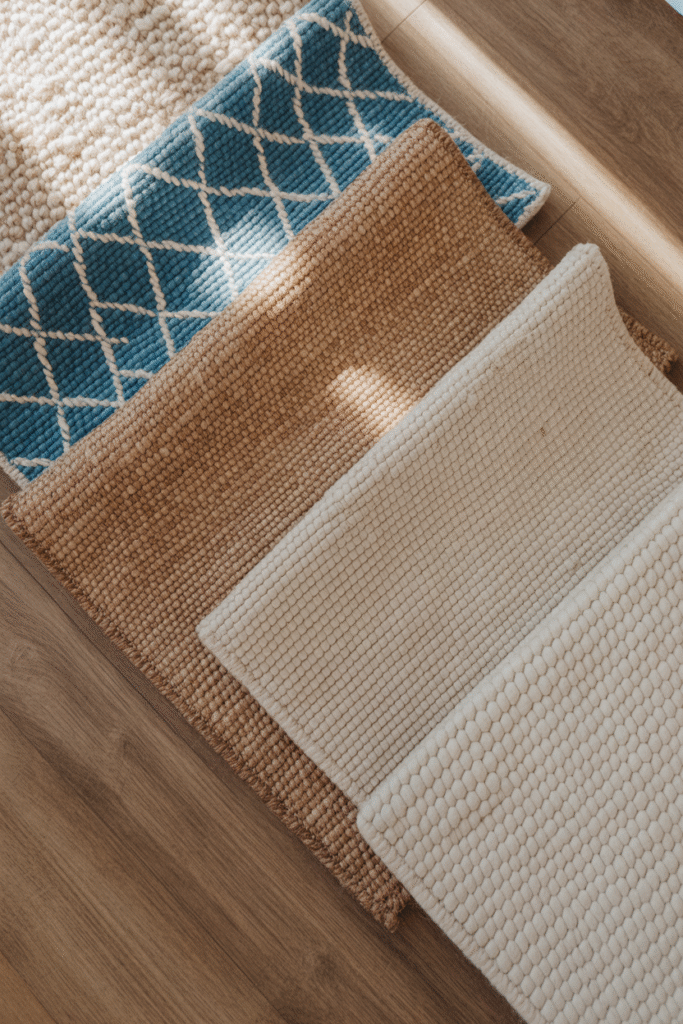
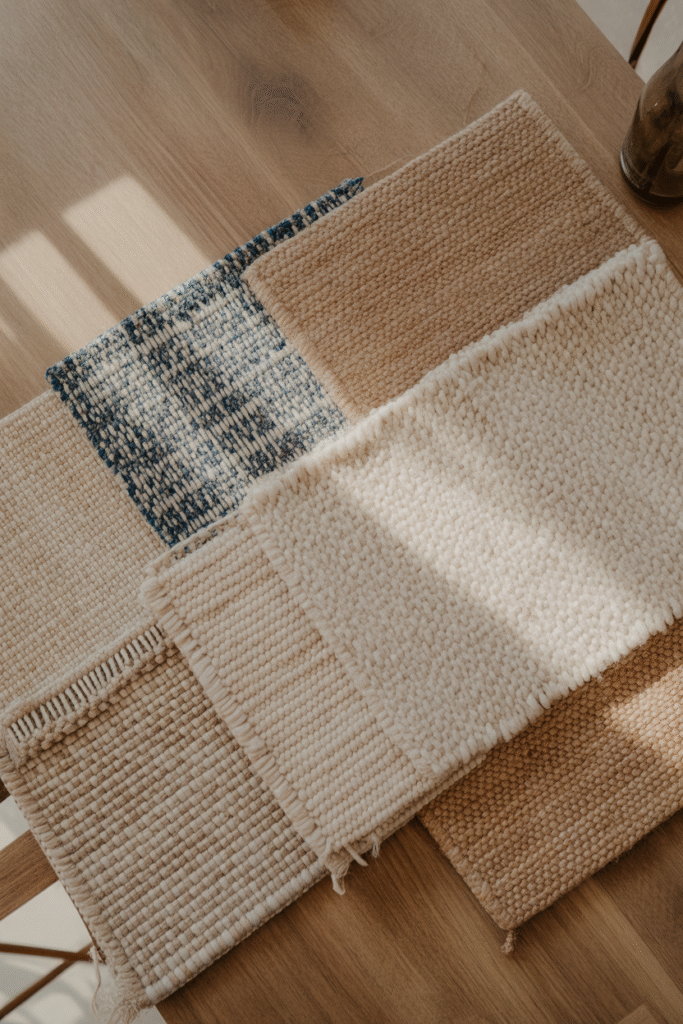
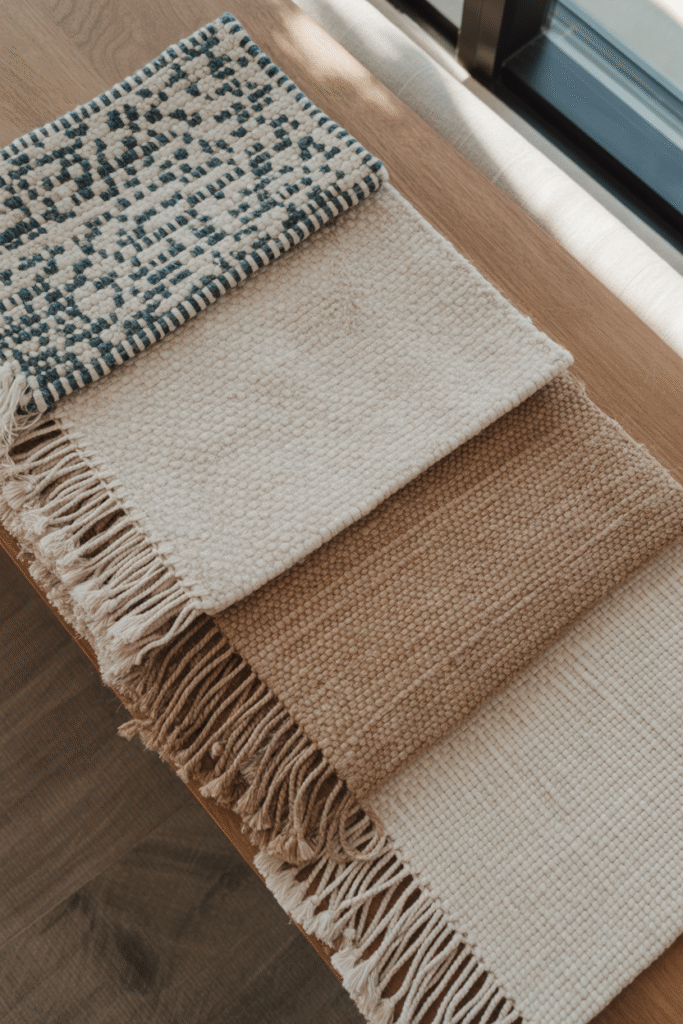
10. Pile Height and Feel
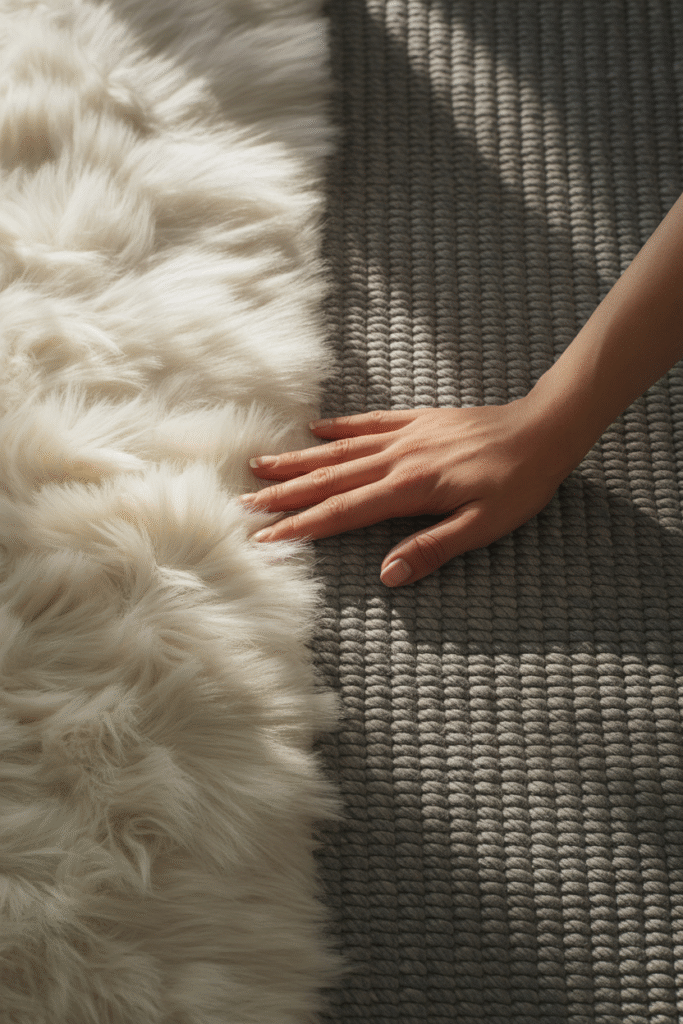
Pile height affects not only comfort but maintenance. High-pile rugs feel plush but trap dust; low-pile or loop styles are easier to vacuum and perfect for busy homes.
In modern interiors, a short pile creates a clean look that doesn’t compete with sleek furniture. For cozy or transitional rooms, medium pile gives balanced softness without heavy upkeep.
11. The Power of the Pad
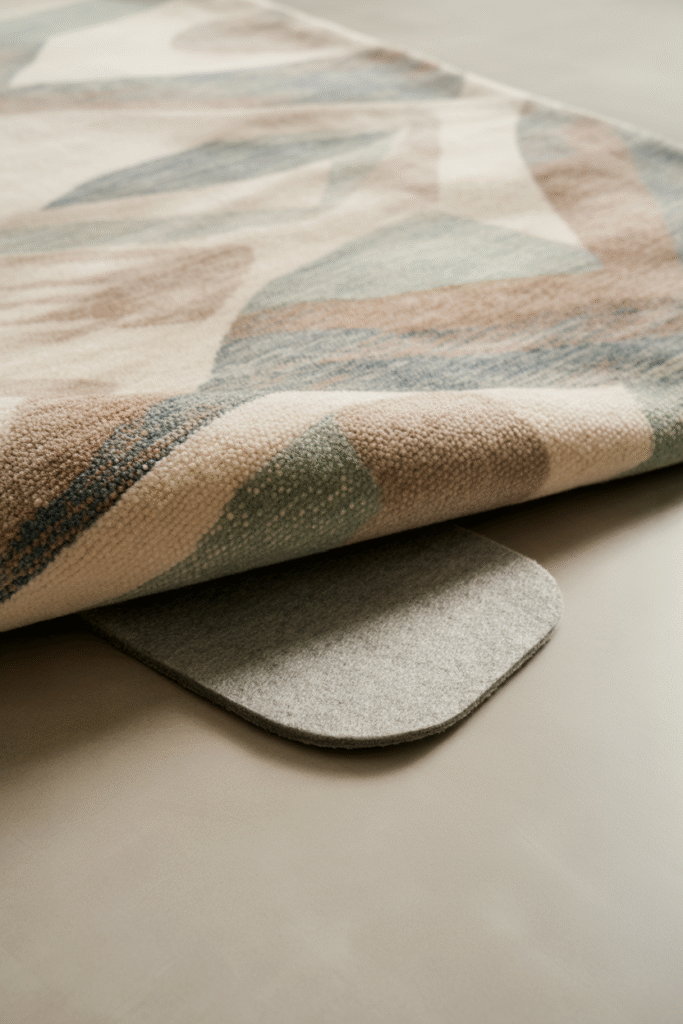
A rug pad is an invisible hero. It prevents slipping, protects flooring, and extends rug life by reducing friction.
Opt for felt or natural rubber pads — they provide cushioning while keeping the rug in place. Skipping this step often shortens the lifespan of both rug and floor finish.
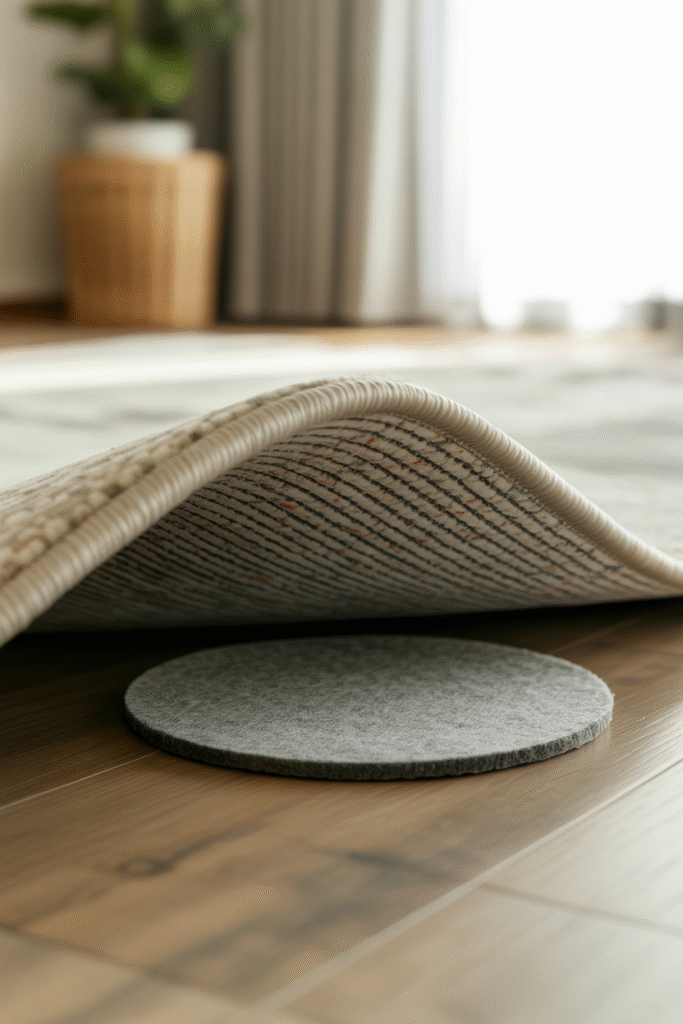
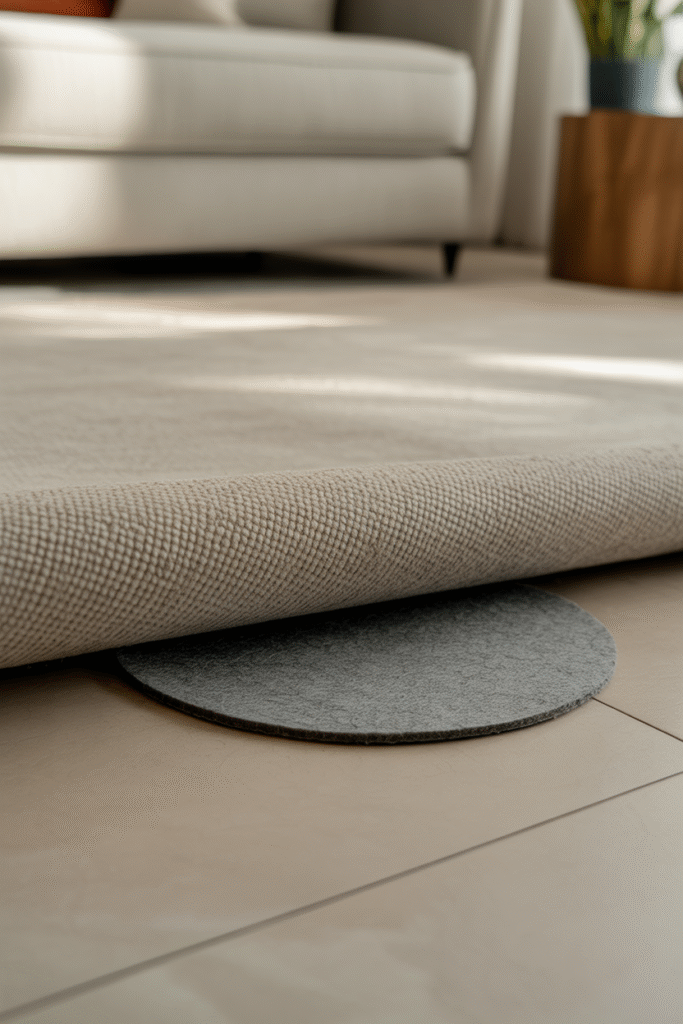
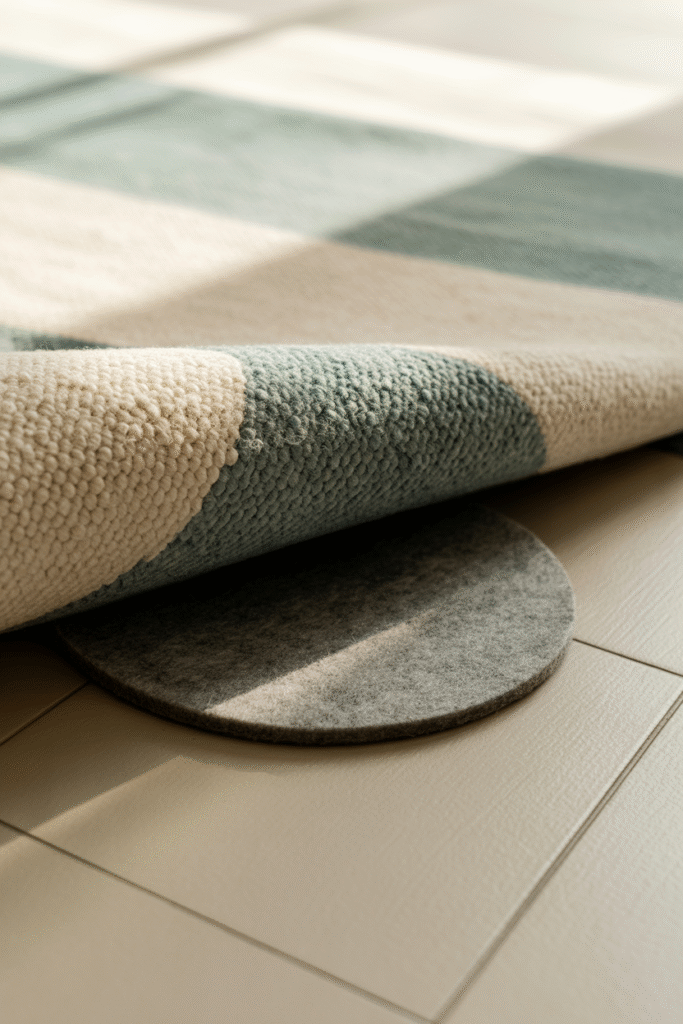
12. Proportion to Furniture and Room Size
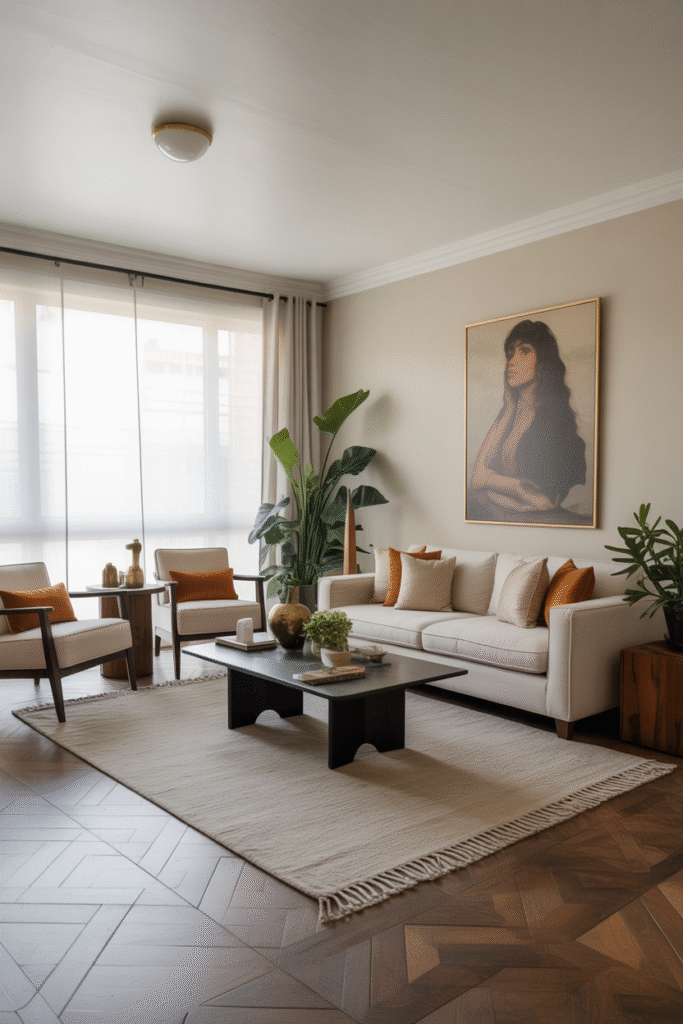
A rug should visually “ground” your furniture. Use it to tie together sofas, coffee tables, and accent chairs into a cohesive composition.
In larger living rooms, consider using multiple rugs that share a color story but vary in texture or shape — it helps define function while maintaining unity.
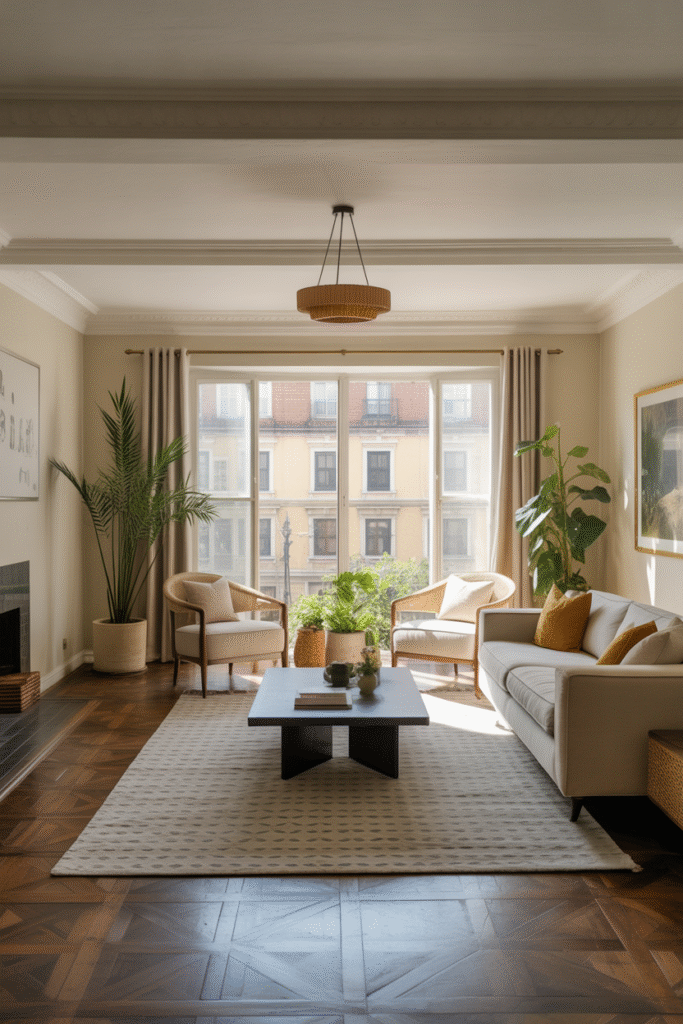
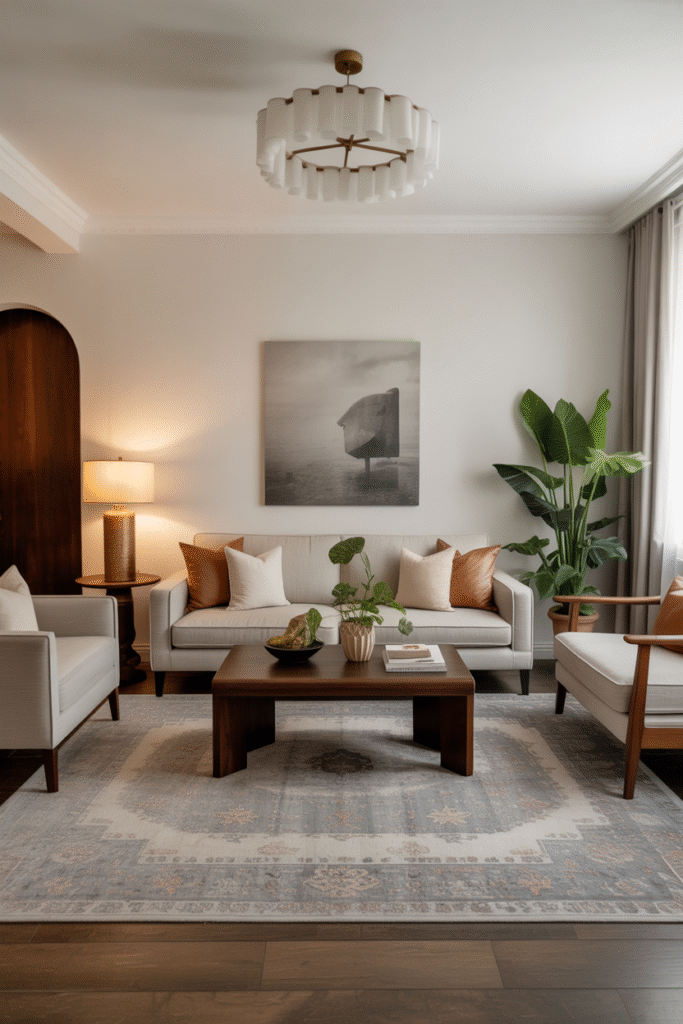
13. Maintenance Made Simple
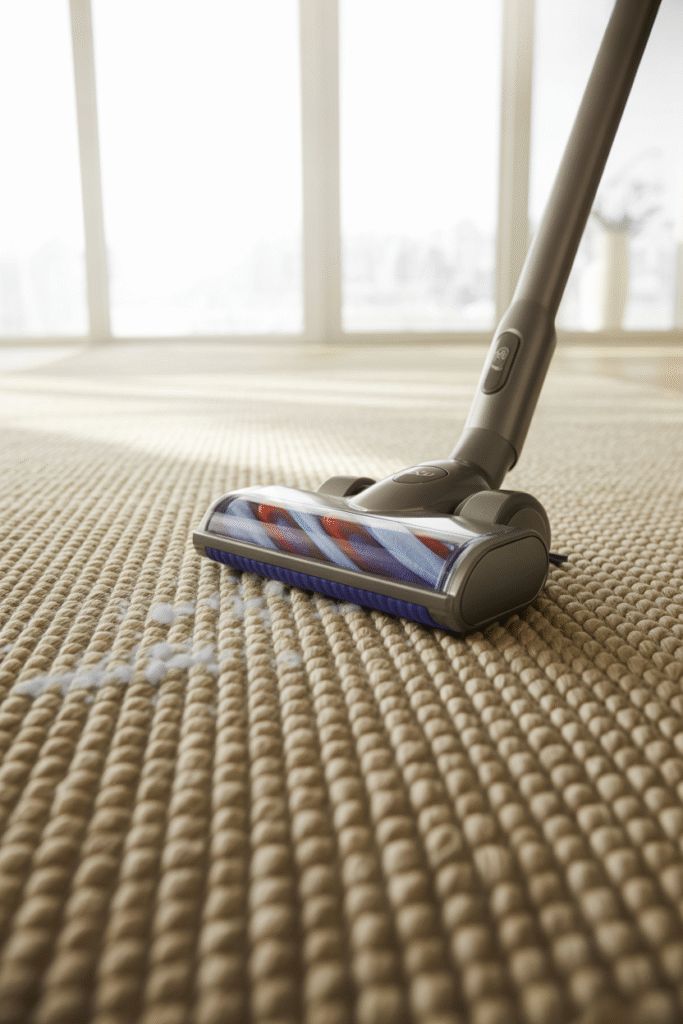
The best rug is one you can easily care for. Choose materials and weaves suited to your lifestyle.
- Vacuum weekly with a brushless head.
- Rotate the rug seasonally to prevent uneven fading.
- For high-traffic zones, select stain-resistant fibers or patterned designs that disguise wear.
Ease of care is a quiet luxury — one that keeps beauty intact without demanding constant effort.
14. Seasonal Versatility
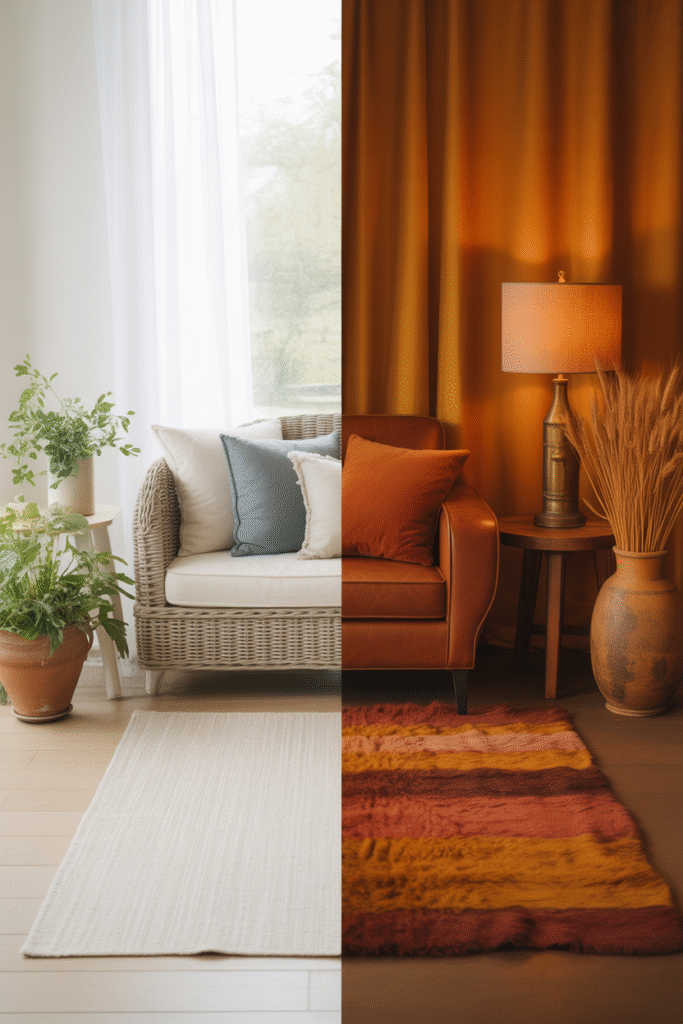
A rug can change the emotional tone of your living room with the seasons. Lightweight cotton or flatweaves feel airy in summer, while wool and shag weaves add comfort in cooler months.
If storage allows, swap rugs seasonally — your living room will always feel refreshed, and each rug will last longer.
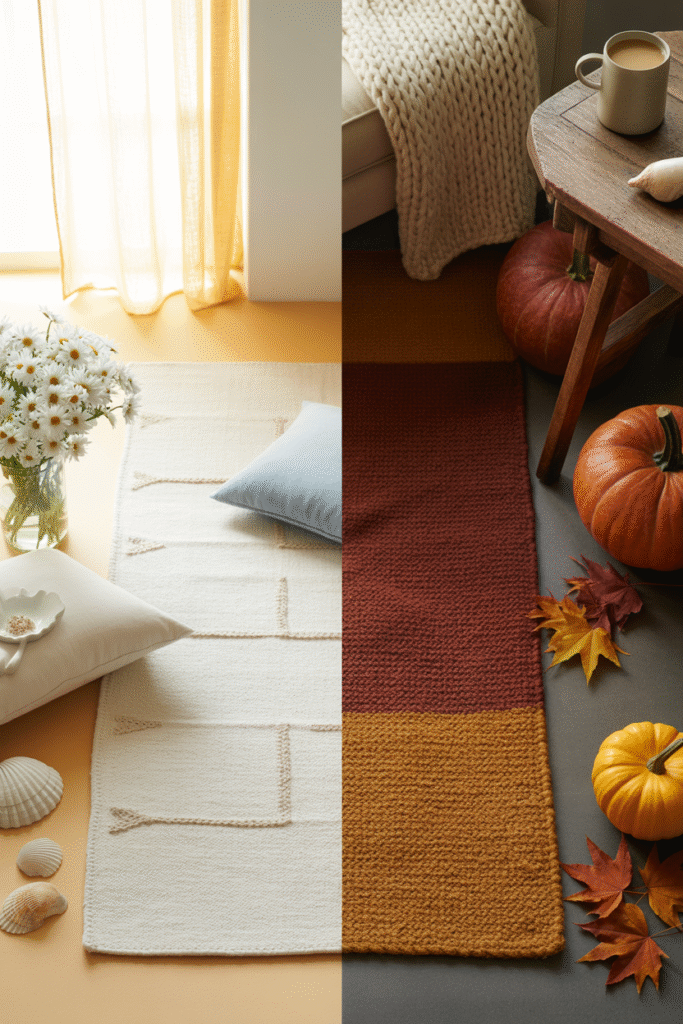
15. Let the Rug Tell the Story
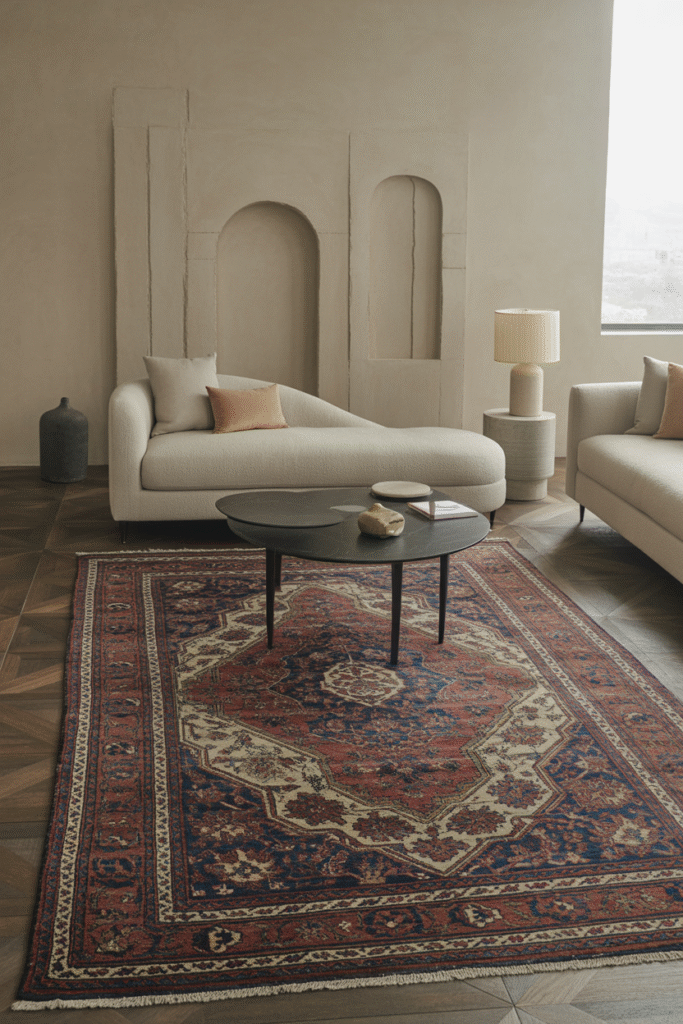
Every rug has a narrative — woven by artisans, inspired by heritage, or defined by modern simplicity. The right one connects your personality to your space.
Whether it’s a hand-knotted Persian rug that becomes an heirloom or a modern abstract piece that anchors a minimalist design, the best rug makes a living room feel intentional, complete, and quietly luxurious.
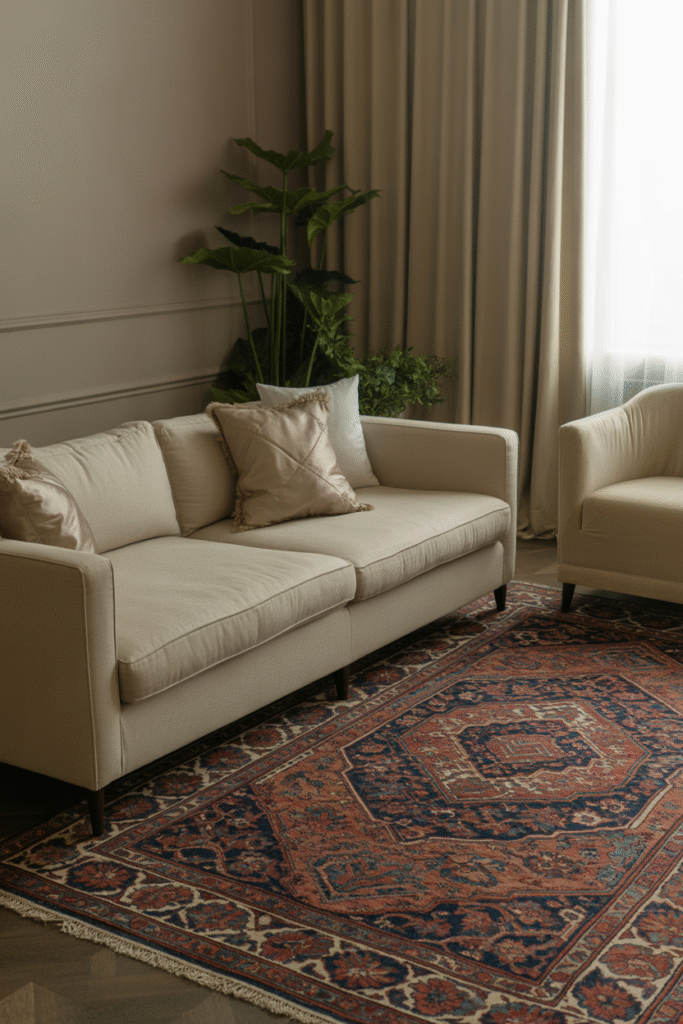
The Essence of Effortless Design
A living room rug isn’t just a finishing touch — it’s the element that unites light, texture, and proportion. When chosen with care, it defines a mood you never tire of returning to.
In the end, a well-chosen rug doesn’t shout for attention. It simply whispers that everything here belongs — and that’s what true design harmony feels like.
